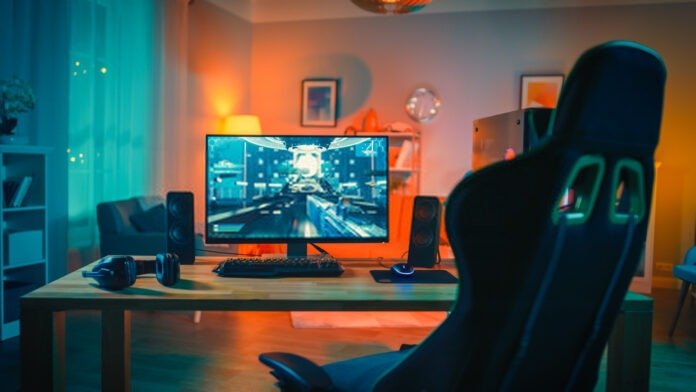If you are a video game enthusiast, you are undoubtedly aware of the importance of having a monitor with a rather high refresh rate, given the fluidity and ease of use it provides. However, why restrict such technology only to the field of games, instead of taking advantage of it in more productive sectors?
First of all, what is a monitor's refresh rate (or refresh rate)?
What is refresh rate?

This is simply the number of frames displayed on the screen per second, measured in Hertz (Hz). The higher the latter, the better the visual comfort: this guarantees an imperceptible renewal of images for the viewer's eye.
The majority of screens on the market have a refresh rate of 60 Hz: this means that the maximum frame rate they can reach is 60 FPS. In other words, the image is refreshed 60 times per second.
Having a higher refresh rate allows you to reduce input lag as much as possible, and makes the overall experience much more pleasant and natural. This can be extremely effective, especially for video game enthusiasts.
The different refresh rates of monitors
Refresh rates vary from one screen to another, depending on your preferences and needs. The most common frequency, called "standard", is 60 Hz. Anything above 144 Hz is considered a high frequency monitor (there are some up to 360 Hz).

The latter are enormously appreciated especially by competitive players, given the importance of response time in multiplayer games.
However, disturbing effects such as tearing and stuttering can reduce the performance of high-frequency monitors. That said, when a graphics card sends images at a frequency that exceeds the screen refresh rate, the latter finds itself unable to process them, sometimes causing display difficulties.
However, this is no longer a problem since G-Sync (from NVIDIA) and FreeSync (from AMD) technologies automatically adapt the refresh rate to the video signal from your graphics card.
So to return to the initial question, how else would this technology, initially designed for gaming, be beneficial?
High refresh rate: not a necessity but an added value

It is obvious that usual computing tasks such as surfing the Internet or office work do not necessarily require significant graphics power. Therefore, your graphics card, even integrated, will often deliver a high frame rate per second.
Once you switch to a higher refresh rate, you'll instantly notice a better response from your computer; from moving the cursor, sliding windows to launching applications, everything will seem to work smoothly and quickly. The difference is even more obvious when you go back to a 60 Hz monitor!
The most eloquent example of high refresh rate monitors is none other than Apple's iPad Pro, which, in 2015, were the first to introduce 120 Hz screens. An innovation that is not gone unnoticed by analysts and users.
It would be wise to mention that the prices of these high frequency monitors, contrary to your expectations, are rather affordable. Better yet, they are only falling in view of technological growth.
Ultimately, it is undeniable that high refresh rate monitors are not necessary for working, however, why refrain from making better use of your gadget. Whether it's worth it or not is entirely up to you!



